Sunscreen is an essential tool in preventing skin damage, premature aging, and skin cancer. However, the type of sunscreen you use matters, particularly if you have sensitive skin. Mineral sunscreens, like Rejuvaskin's 100% Mineral Facial Sunscreen SPF 32, offer a safer and more effective alternative for those seeking gentle yet powerful protection. In this blog, we’ll explore the differences between chemical and mineral sunscreens, the science behind their efficacy, and why mineral sunscreens are the superior choice for sensitive skin.
What Are Mineral and Chemical Sunscreens?
Mineral Sunscreens
Also known as physical sunscreens, mineral sunscreens use natural ingredients like zinc oxide and titanium dioxide to create a physical barrier on the skin's surface. This barrier reflects and scatters harmful UV rays, providing immediate protection upon application (Smijs & Pavel, 2011).
Chemical Sunscreens
These sunscreens rely on synthetic UV-filtering compounds like oxybenzone, avobenzone, and octinoxate. They absorb UV radiation, convert it into heat, and then release it from the skin. Chemical sunscreens typically require 15–20 minutes to activate after application (Gasparro et al., 1998).
Chemical Sunscreens: The Drawbacks
-
Skin Irritation and Sensitivity
Chemical sunscreens can irritate sensitive skin, especially formulations containing oxybenzone or avobenzone. These ingredients may disrupt the skin barrier and exacerbate redness or stinging sensations (Hayden et al., 2005). -
Endocrine Disruption
Ingredients like oxybenzone have been linked to hormone disruption and systemic absorption, raising safety concerns for long-term use (Thomas et al., 2024). -
Environmental Impact
Many chemical sunscreen ingredients contribute to coral bleaching and marine ecosystem damage. Hawaii, for example, has banned sunscreens containing oxybenzone and octinoxate due to their harmful environmental effects (Downs et al., 2015).
Mineral Sunscreens: The Superior Choice
-
Gentle on Sensitive Skin
Mineral sunscreens like Rejuvaskin’s 100% Mineral Facial Sunscreen SPF 32 are ideal for sensitive or acne-prone skin. Zinc oxide and titanium dioxide are non-comedogenic and naturally soothing, helping reduce redness and irritation (Smijs & Pavel, 2011). -
Immediate UV Protection
Unlike chemical sunscreens, mineral sunscreens work as soon as they are applied. This makes them a convenient option for on-the-go protection. -
Broad-Spectrum Defense
Mineral sunscreens offer reliable protection against both UVA (aging) and UVB (burning) rays. Zinc oxide is particularly effective in the UVA spectrum, making it a critical ingredient for comprehensive protection (Boisnic etal., 2005). -
Environmentally Friendly
Free from oxybenzone and other harmful chemicals, mineral sunscreens are reef-safe, ensuring that your sun protection routine doesn’t come at the expense of marine life.
Rejuvaskin’s Mineral Sunscreen: A Smart Skincare Choice
Rejuvaskin’s 100% Mineral Facial Sunscreen SPF 32 combines the best of science and skincare to deliver effective, gentle sun protection.
Why It Stands Out:
- Non-Greasy, Lightweight Formula: Perfect for daily wear, it leaves no white cast and works well under makeup.
- Soothing Ingredients: Zinc oxide calms irritated skin while shielding it from UV rays.
- Hydration Boost: Keeps your skin moisturized throughout the day, making it ideal for dry or sensitive skin.
- Reef-Safe: No harmful chemicals, ensuring environmentally conscious sun protection.
When it comes to sun protection, mineral sunscreens like Rejuvaskin’s 100% Mineral Facial Sunscreen SPF 32 offer unmatched benefits for sensitive skin. They are safer, more effective, and environmentally friendly compared to chemical sunscreens. By choosing a mineral-based option, you’re investing in both your skin’s health and the planet’s well-being.
Works Cited
- Smijs, T., & Pavel, S. (2011). Titanium dioxide and zinc oxide nanoparticles in sunscreens: focus on their safety and effectiveness. Nanotechnology, Science, and Applications. Retrieved from link.
- Gasparro, F., Mitchnick, M., & Nash, J. (1998). A Review of Sunscreen Safety and Efficacy. Photochemistry and Photobiology. Retrieved from link.
- Downs, C., Coats, A., & Mena, J. (2015). Reef-safe sunscreens and their environmental impact. Marine Environmental Research. Retrieved from link.
- Thomas, T., Fat, M., & Kearns, G. (2024). Sunscreens: Potential Hazards to Environmental and Human Health. Frontiers in Marine Science. Retrieved from link.
- Boisnic, S., Branchet-Gumila, M., Mérial-Kieny, C., & Nocera, T. (2005). Efficacy of Sunscreens Containing Pre-Tocopheryl in a Surviving Human Skin Model. Skin Pharmacology and Physiology. Retrieved from link.
- Hayden, C.G., Cross, S.E., Anderson, C.D., Saunders, N.A., & Roberts, M.S. (2005). Sunscreen Penetration of Human Skin and Related Keratinocyte Toxicity after Topical Application. Skin Pharmacology and Physiology, 18, 170 - 174 link.
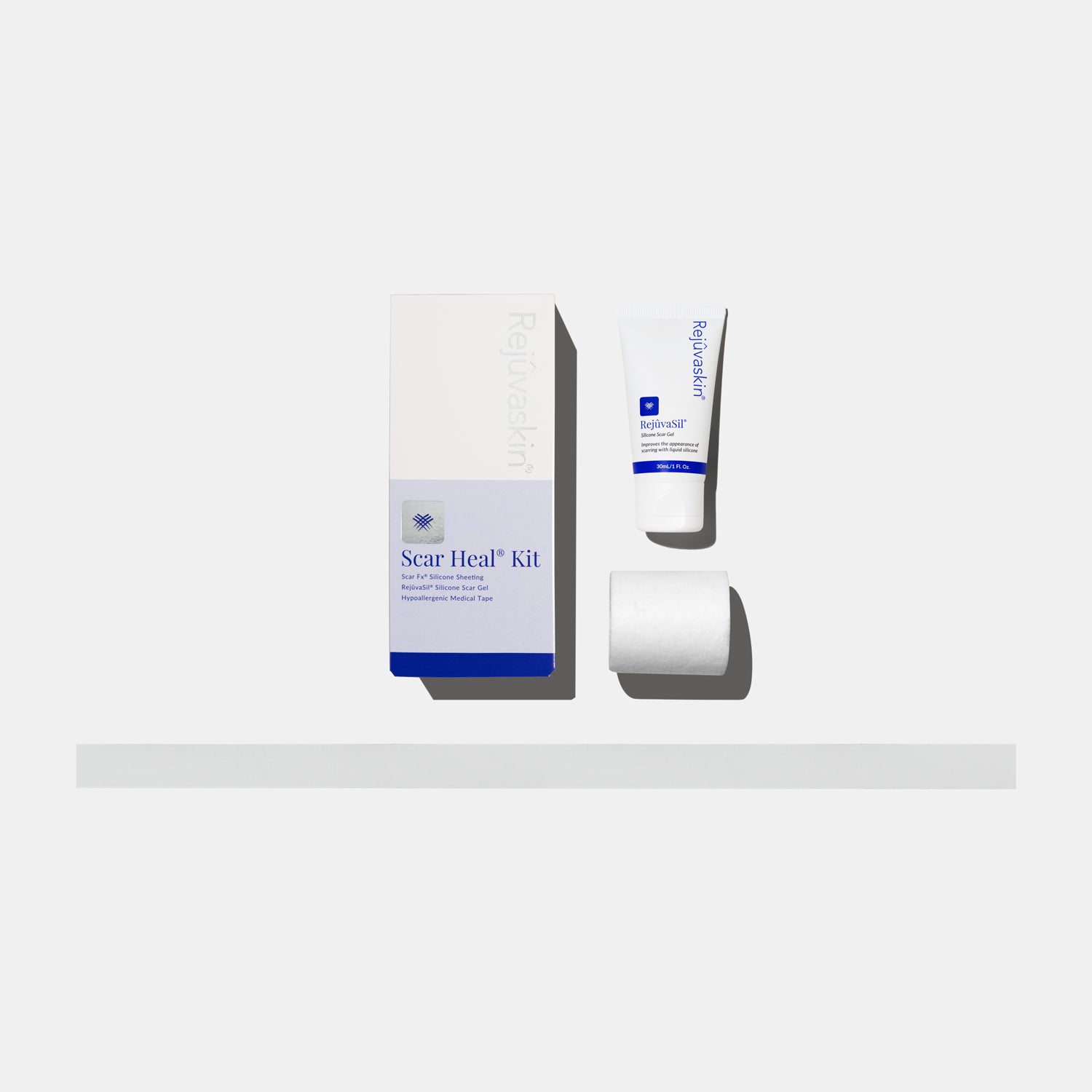
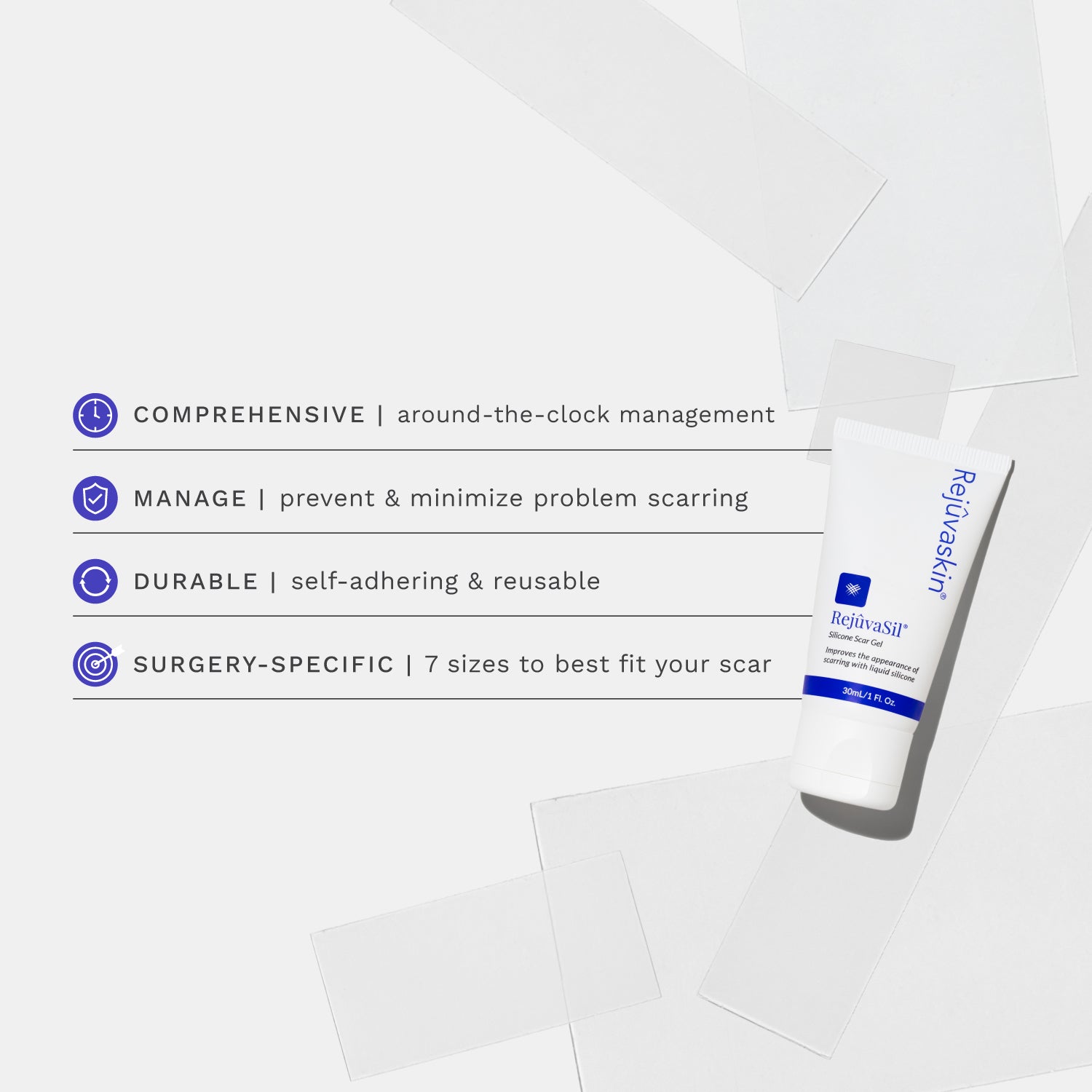


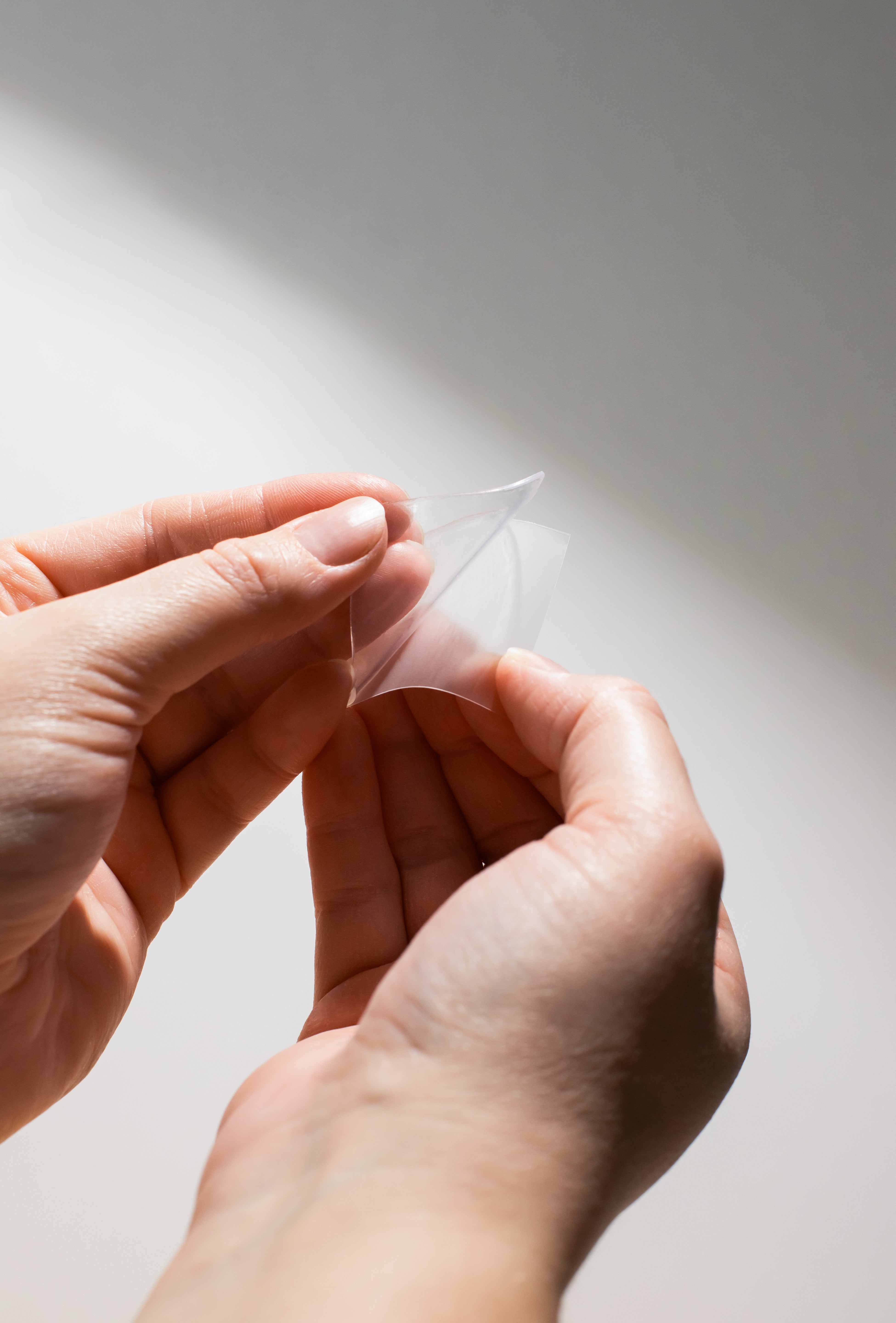
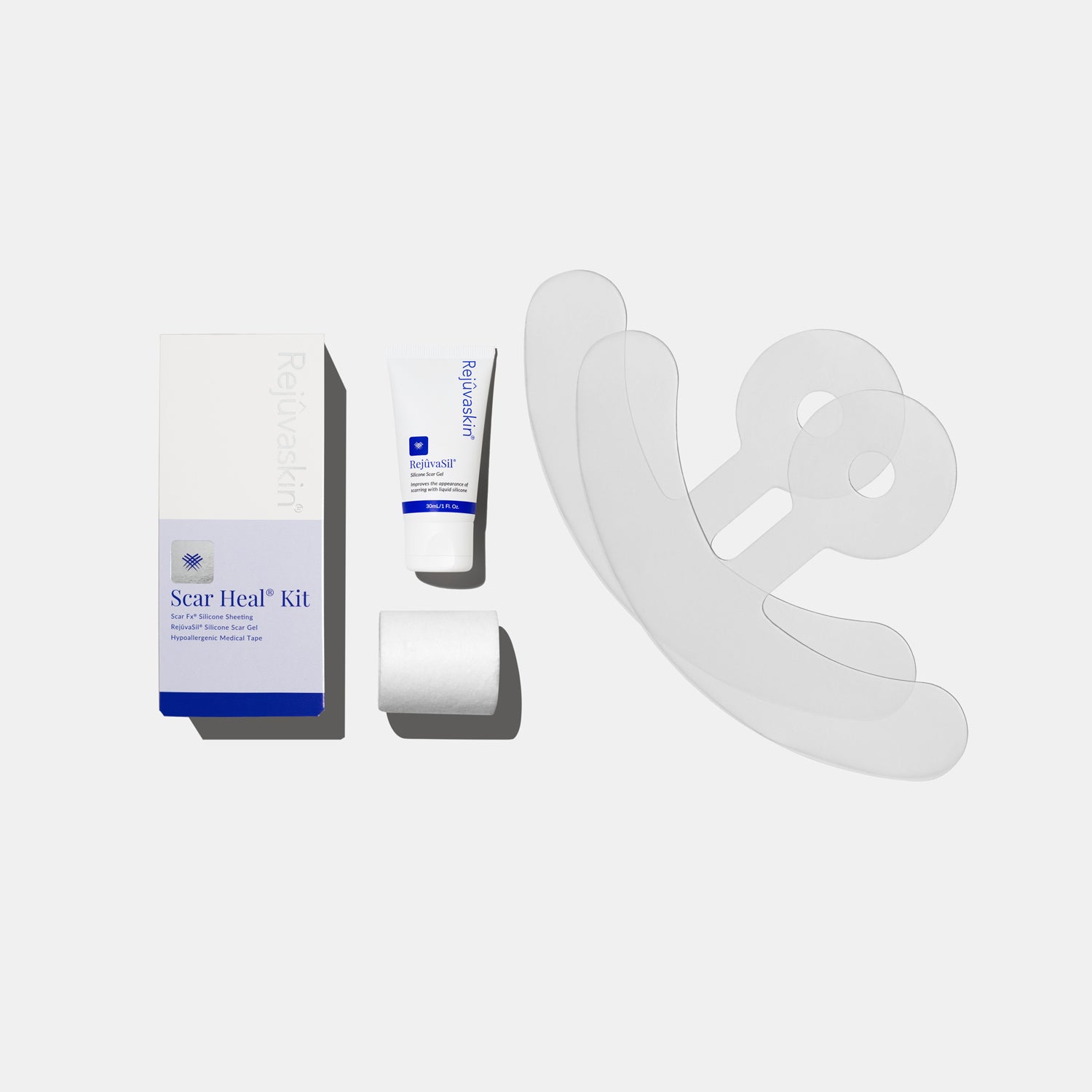
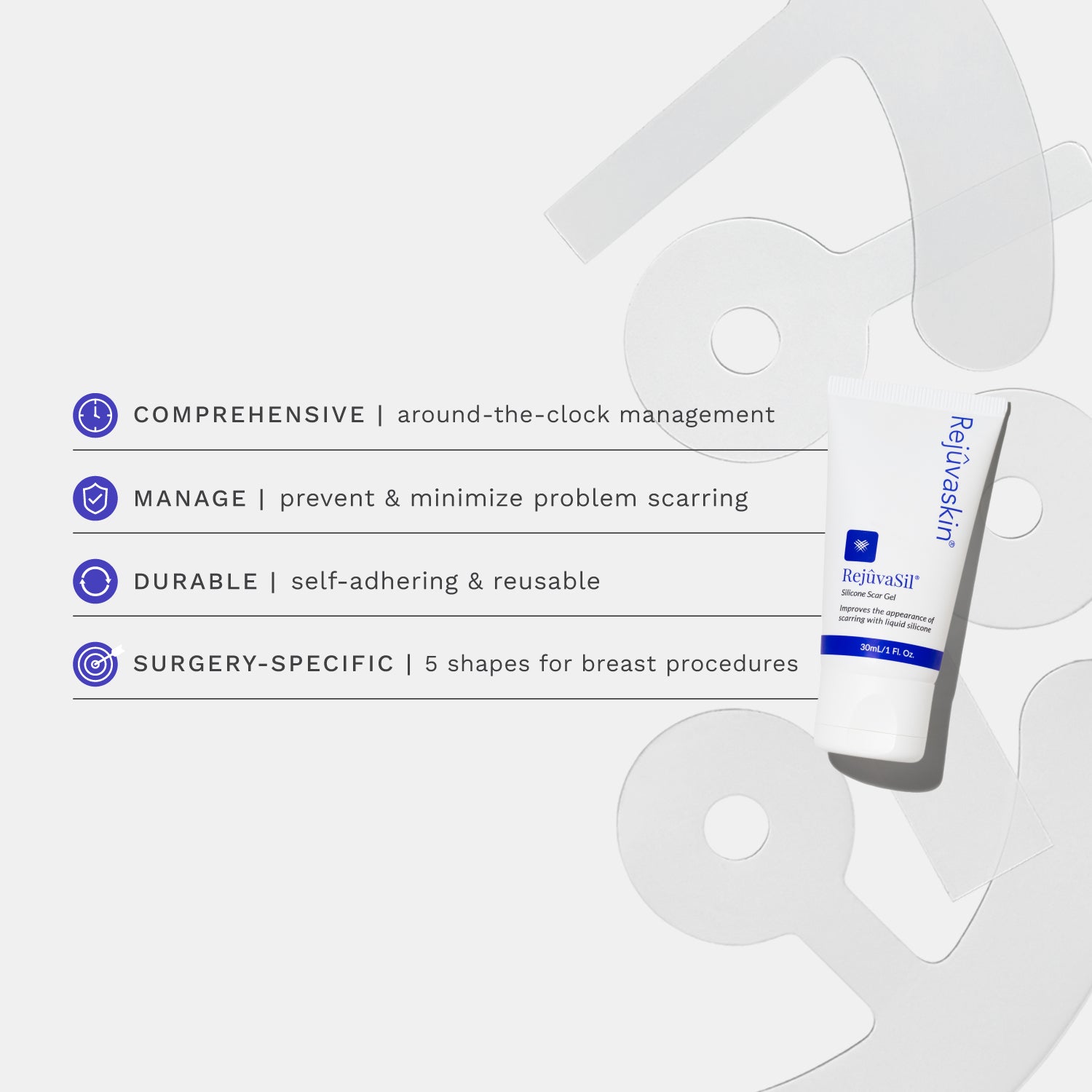
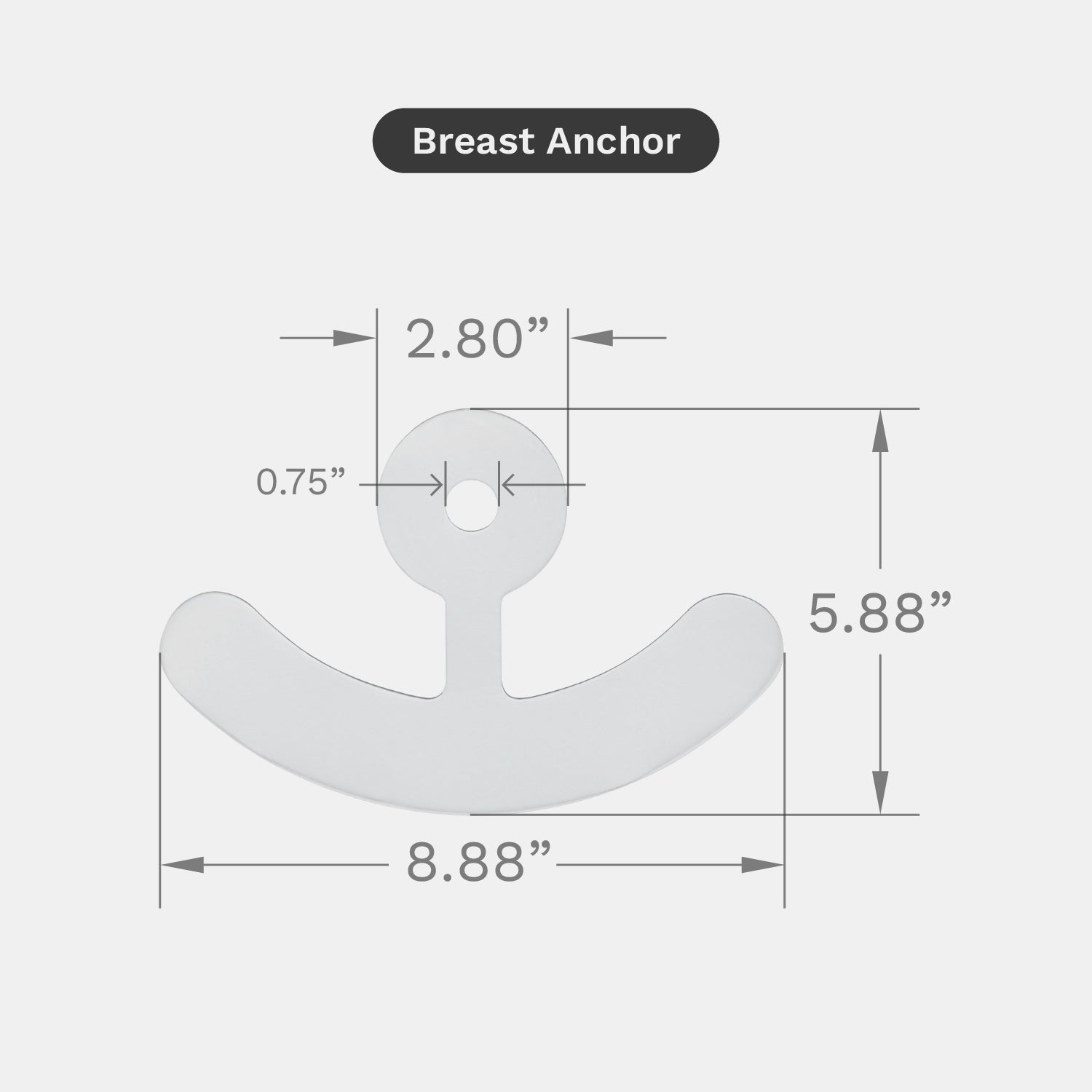
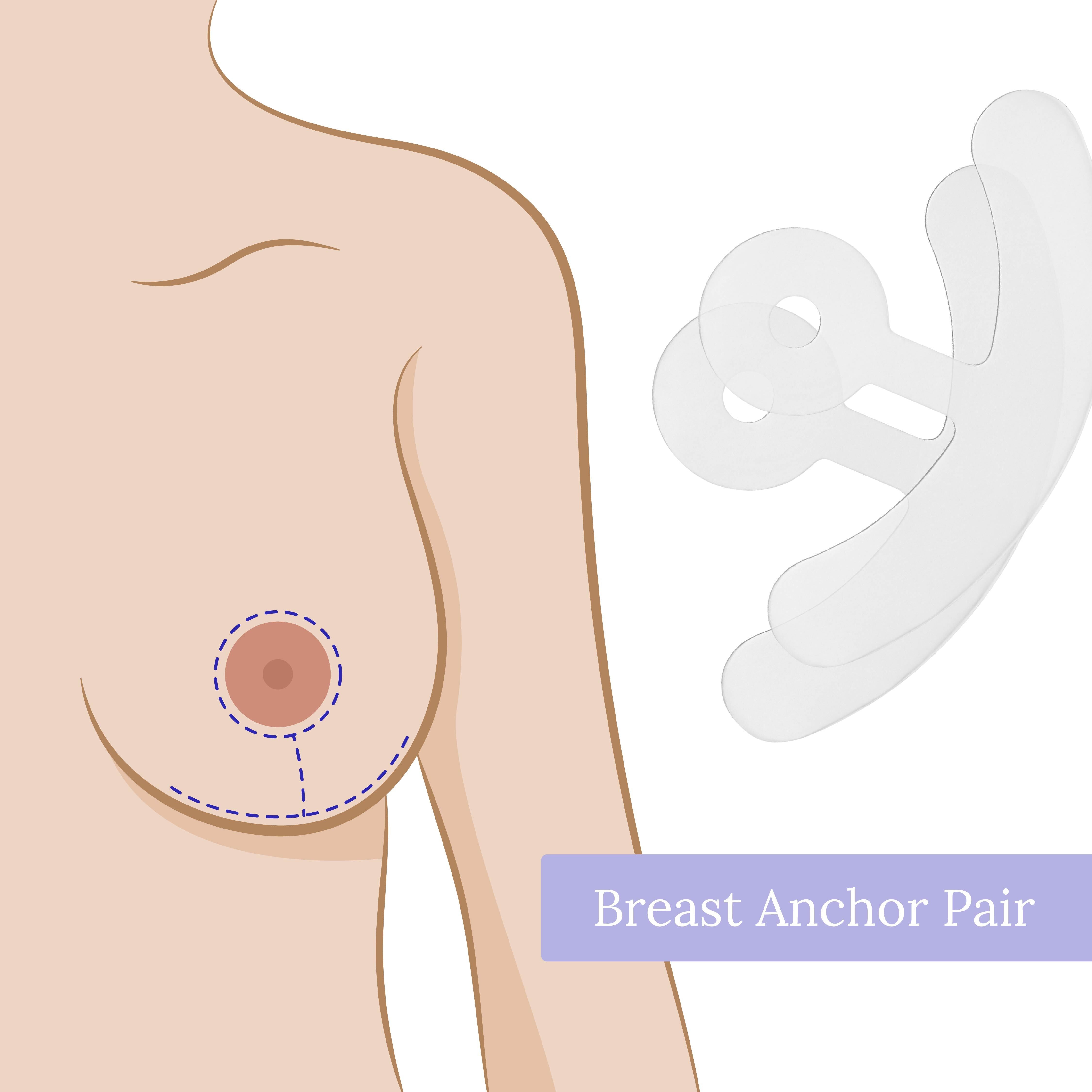

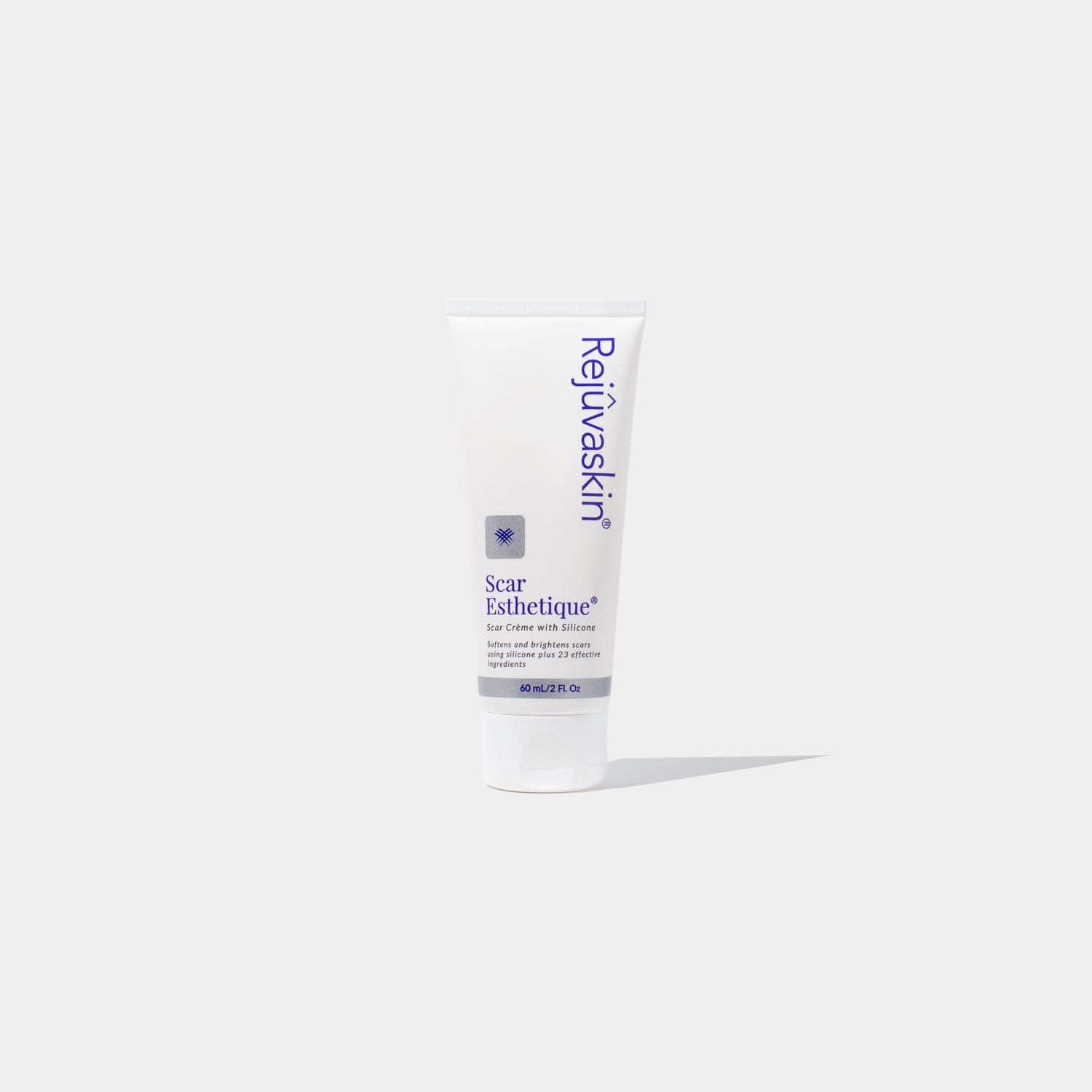
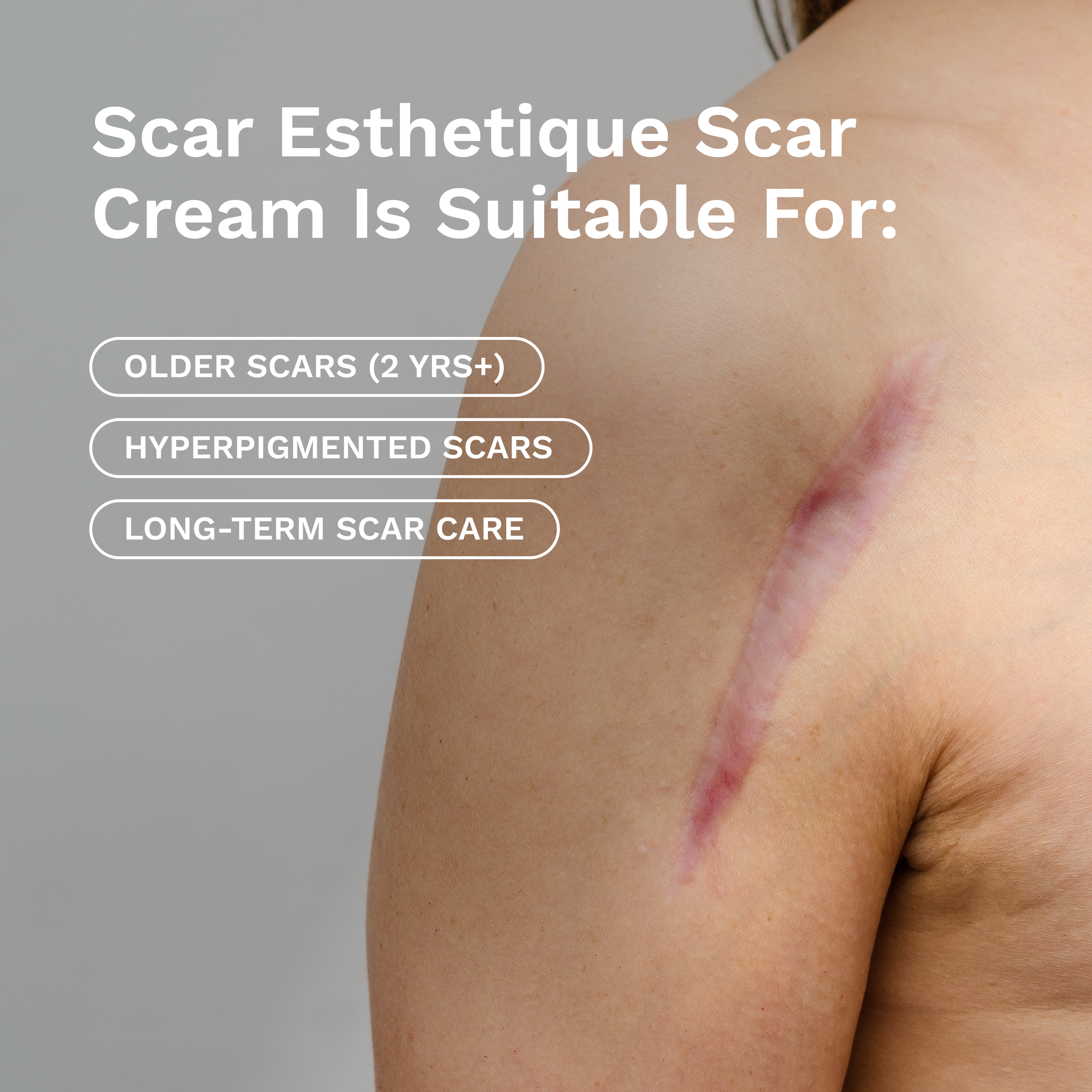
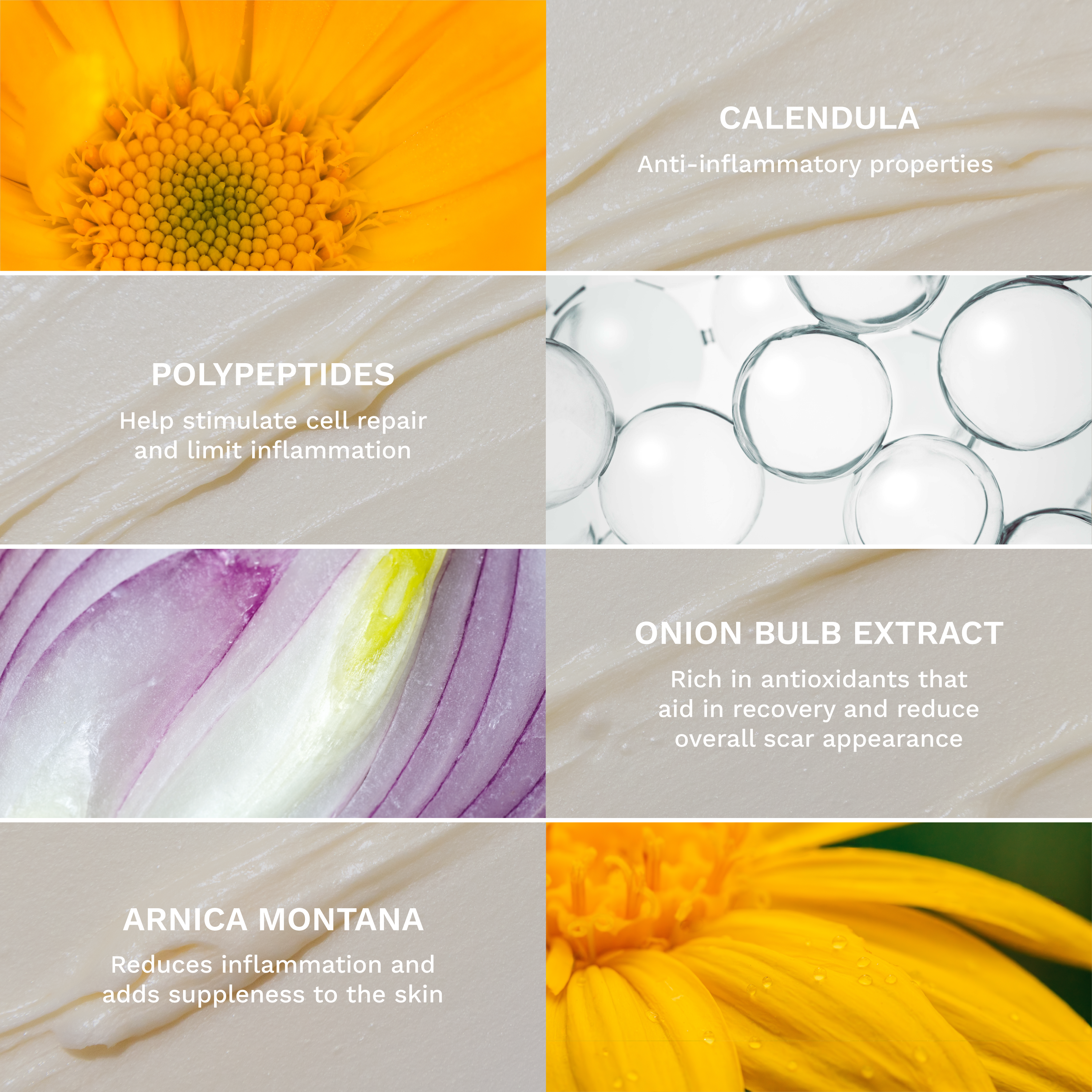
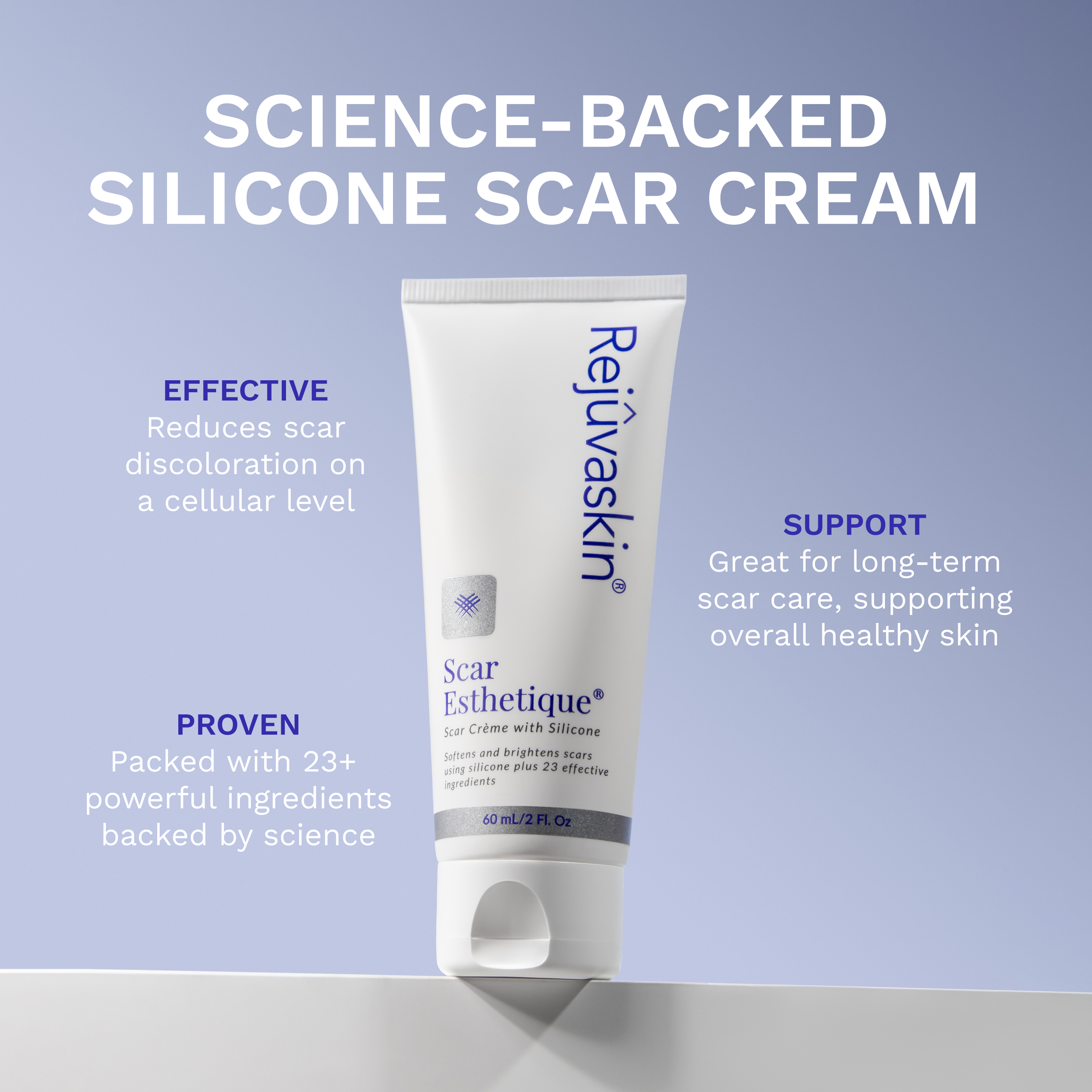
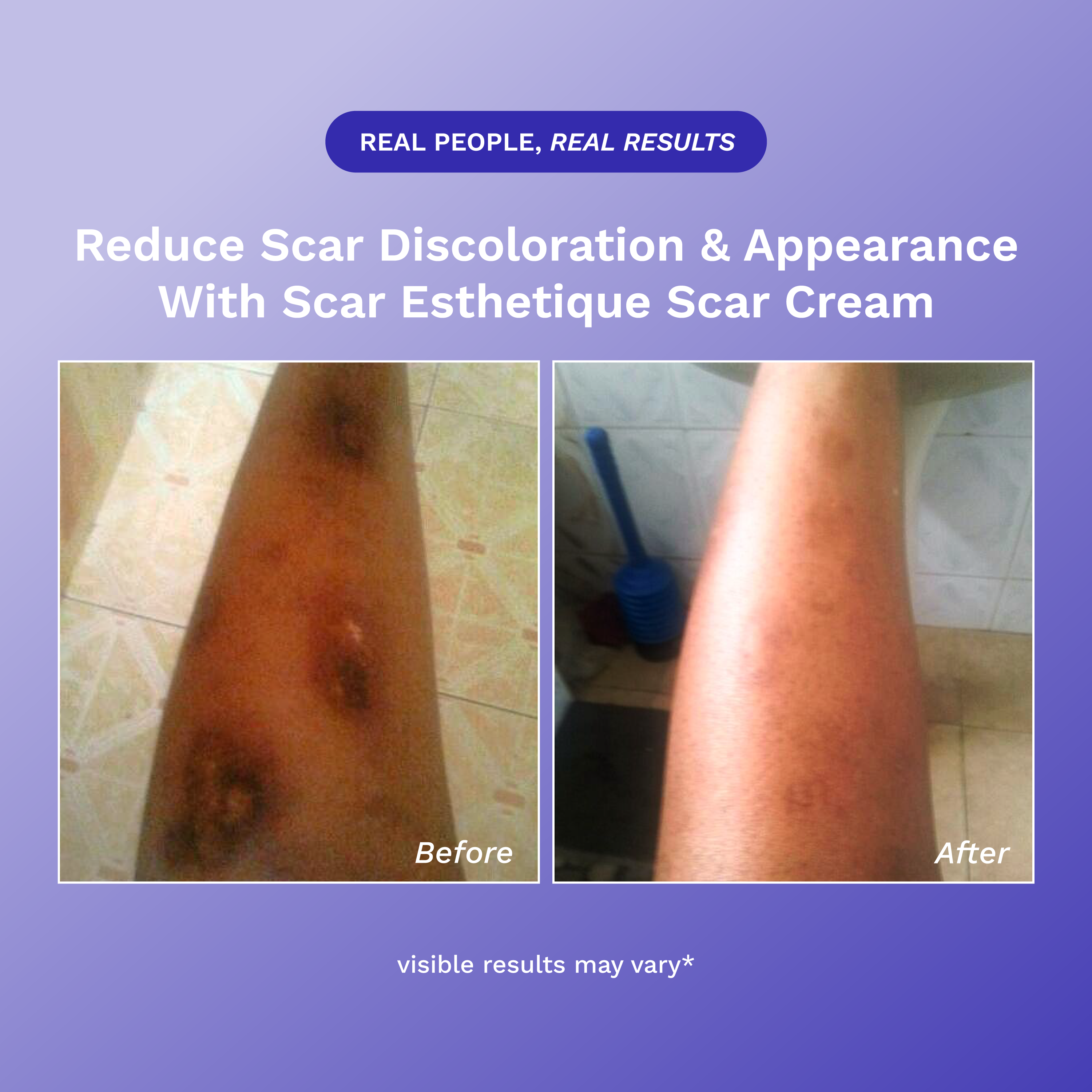
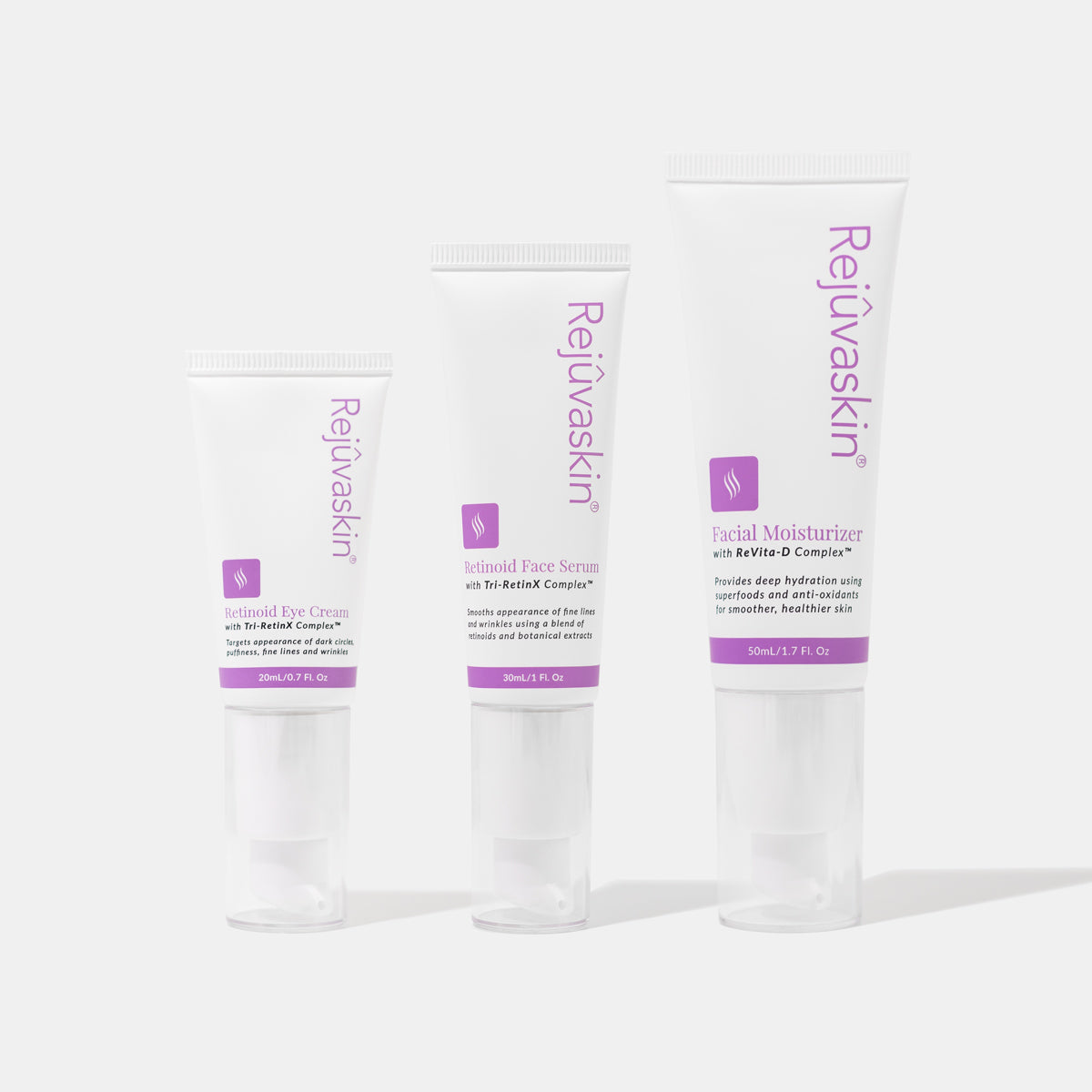
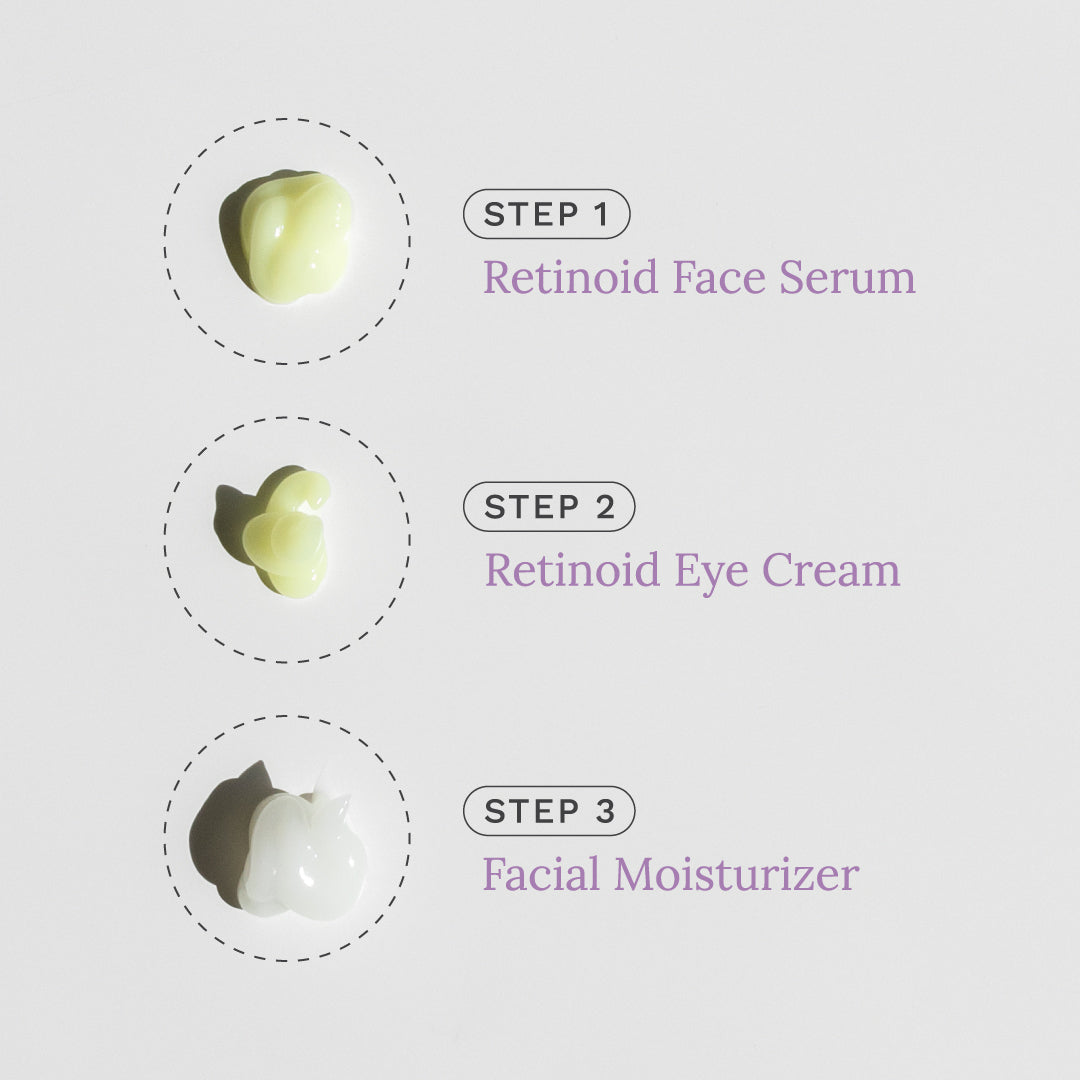
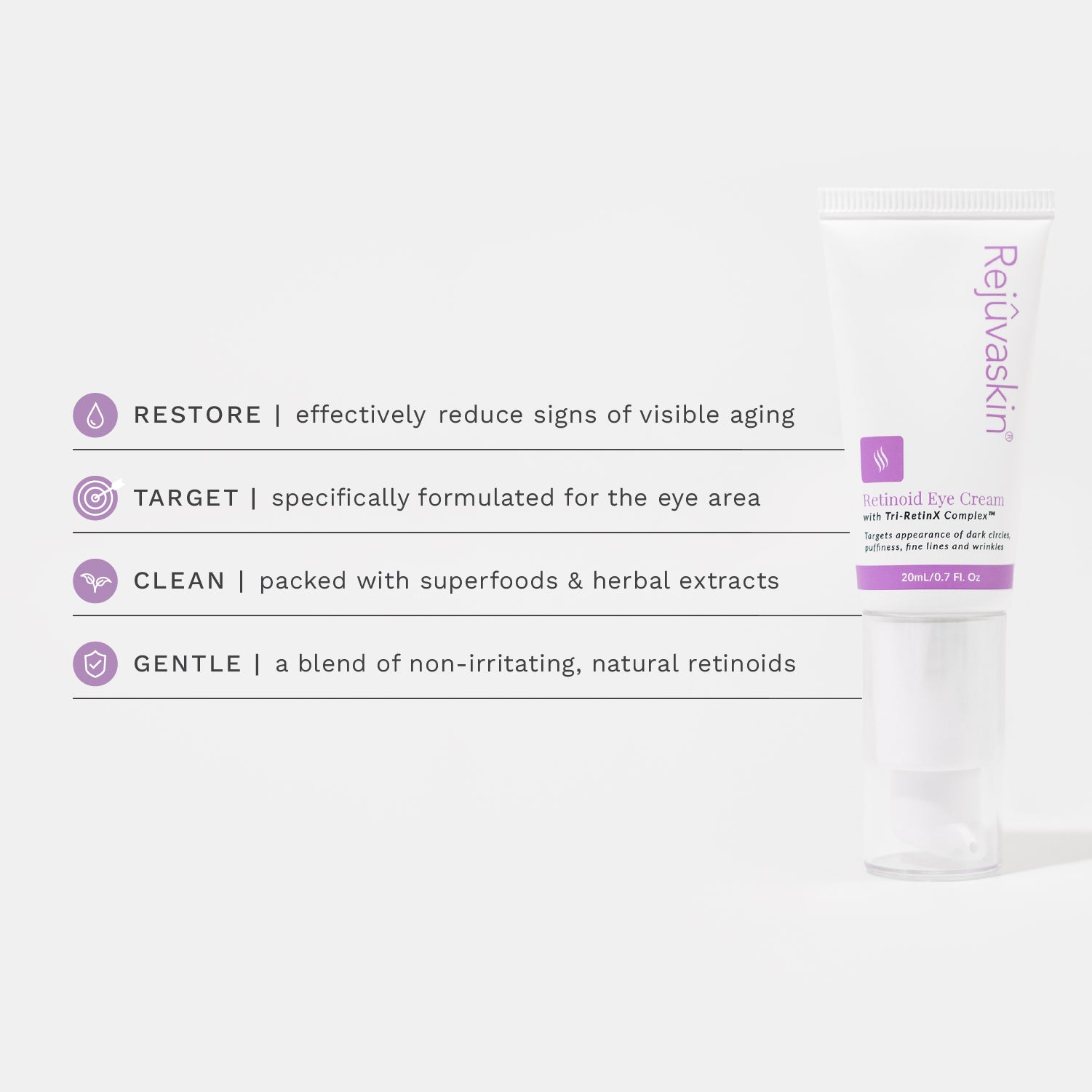
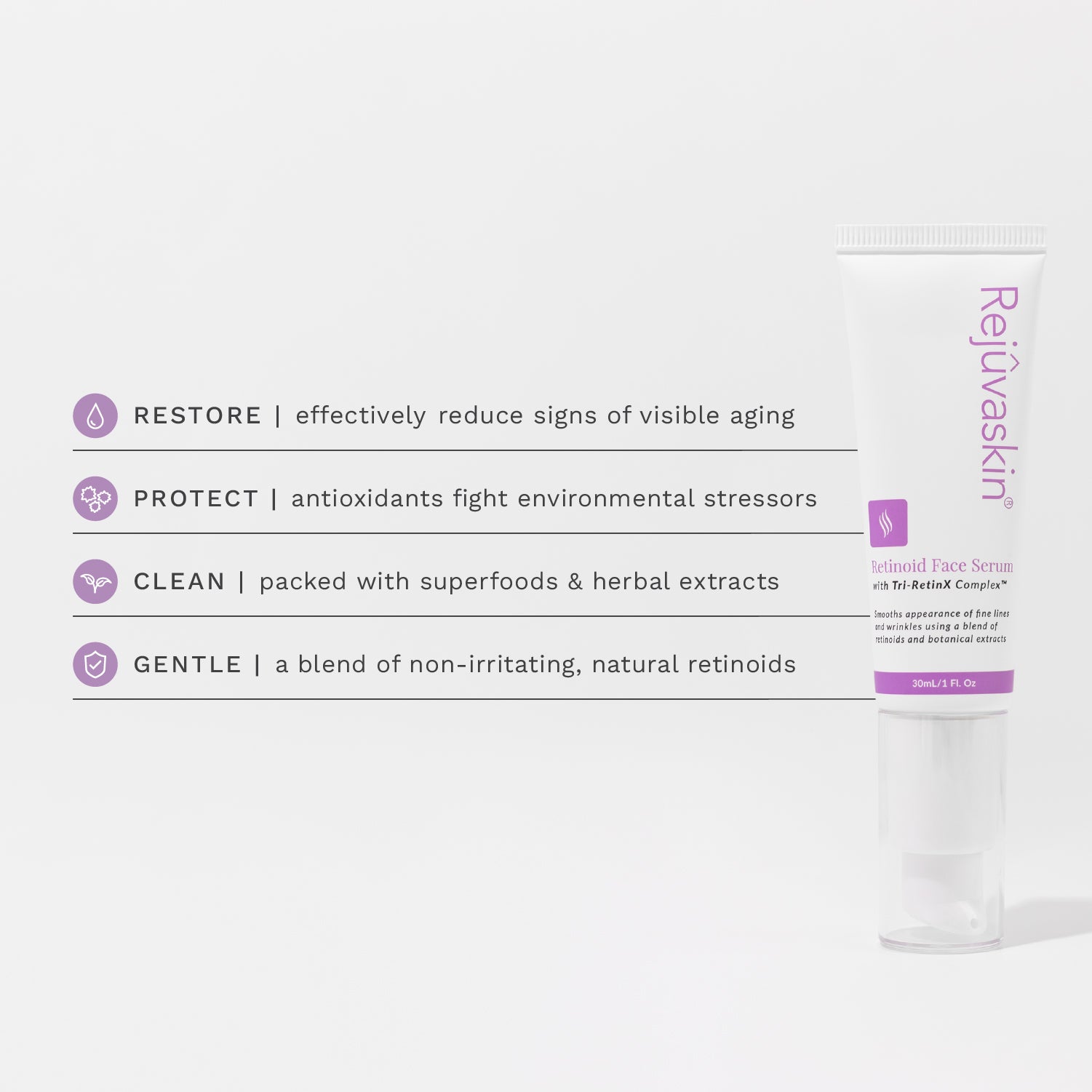

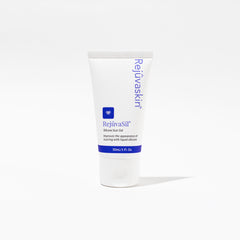
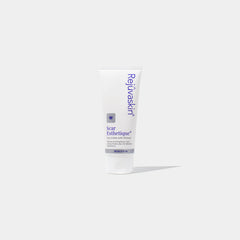

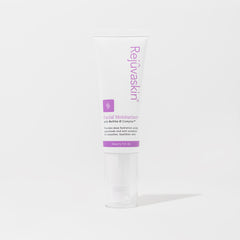

Leave a comment